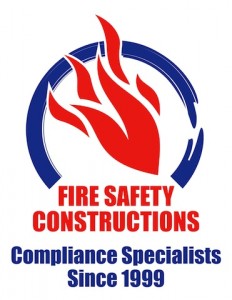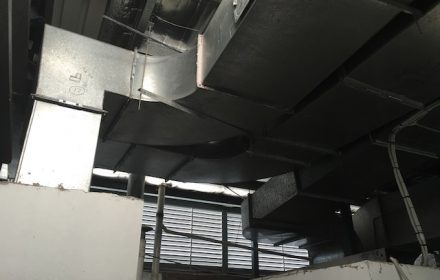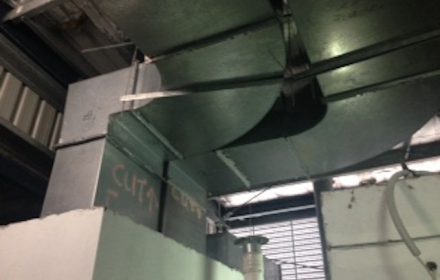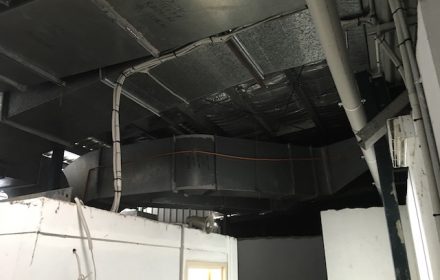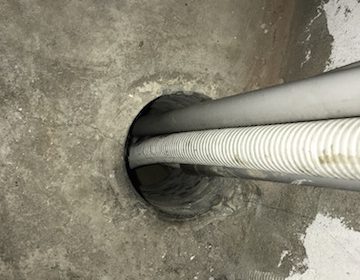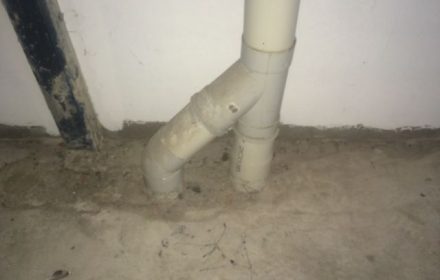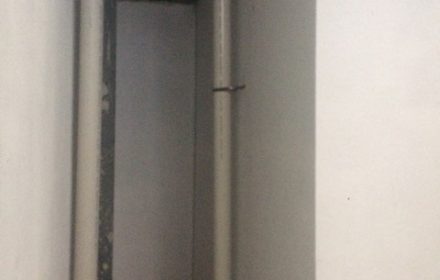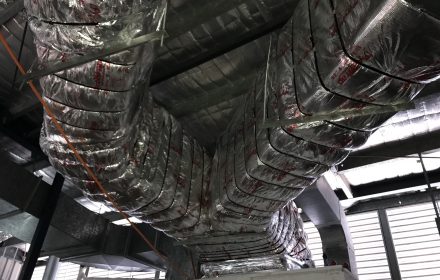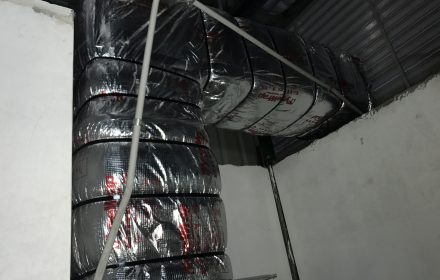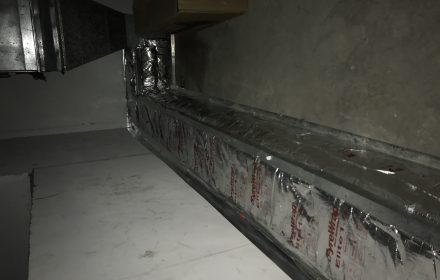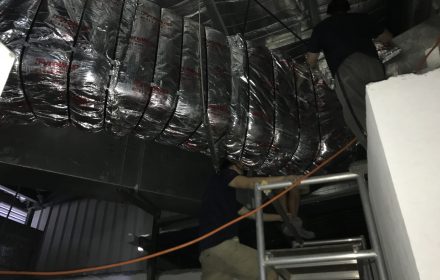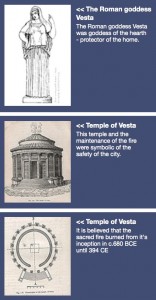1. What is this new term ‘competent fire safety practitioner’ (CFSP)?
A: ‘Competent fire safety practitioner’ (CFSP) is a new term in the Environmental Planning and Assessment Amendment (Fire Safety and Building Certification) Regulation 2017. In this first stage of reform, in some instances, it replaces the term ‘properly qualified person’ previously referred to in the Environmental Planning and Assessment Regulation 2000, and is also referenced in relation to fire safety design work.
The previous term ‘properly qualified person’ was not defined, but implied that an individual must hold a qualification to conduct an associated task. A key aspect of the reforms is to recognise that only competent individuals should perform certain tasks regarding fire safety, and that a qualification alone is not the only acceptable method of demonstrating competency.
2. What tasks require a ‘competent fire safety practitioner’ (CFSP) under the amended Regulation?
YES – Develop a performance solution under the Building Code of Australia.
YES – Preparation of plans and specifications for installation (system design), extension or modification of a ‘relevant fire safety system’. However, unless the plans and specifications have been certified by a compliance certificate referred to in section 109C(1)(a) of the Act as complying with the relevant provisions of the Building Code of Australia.
YES – Application to exempt compliance of a relevant fire safety system. However, a CFSP who did not prepare the plans or specifications must endorse the proposed non-compliance before a certifying authority can provide exemption.
YES – Assessment of essential fire safety measure performance for the purpose of an Annual Fire Safety Statement and a supplementary fire safety statement (fire safety assessments).
Note – Clause 176(3) of the Regulation requires an assessment to inspect and verify the performance of each fire safety measure being assessed. This is separate to inspection for the purpose of routine service.
NO – Preparation of an interim and final fire safety certificate (system certification). The use of a ‘properly qualified person’ still remains.
NO – Undertaking routine service (inspect, test and preventative maintenance).
3. What tasks require a ‘competent fire safety practitioner’ (CFSP) under the amended Regulation?
This term ‘relevant fire safety system’ is only referenced in relation to planning and specification design activities, not annual or supplementary fire safety statements, or final or interim fire safety certificates.
A ‘relevant fire safety system’ is defined under the amended Regulation as meaning any of the following:
– A hydraulic fire safety system within the meaning of clause 165. Clause 165 defines a hydraulic fire safety system as;
(i) A fire hydrant system;
(ii) A fire hose reel system;
(iii) A sprinkler system (including wall-wetting sprinkler or drencher system); or
(iv) Any type of automatic fire suppression system of a hydraulic nature installed in accordance with a requirement of, or under, the Act or any other Act or law (including an order or a condition of an approval or some other sort of authorisation).
(b) A fire detection and alarm system; or
(c) A mechanical ducted smoke control system.
4. What tasks require a ‘competent fire safety practitioner’ (CFSP) under the amended Regulation?
Yes. A new clause 167A confirms that government can recognise a class of persons as ‘competent fire safety practitioners’ for the purposes of one or more provisions of the Regulation. The classes of persons are not limited, so government can recognise any demonstration of competency that it chooses.
However, the Regulation identifies that these classes may include:
(a) A class of person holding a specified category of certificate of accreditation under the Building Professionals Act 2005;
(b) A class of persons holding a specified category of certificate of accreditation under the Building Professionals Act 2005 and having some other characteristic or qualification; or
(c) A class of persons who have undergone particular training or assessment carried out by a specified professional organisation or body or an industry organisation or body. (FPA Australia’s Fire Protection Accreditation Scheme (FPAS) is intended to satisfy the requirements of (c)).
Recognition of a class of persons as ‘competent fire safety practitioners’ will be via publication in the government Gazette by the Secretary of the Department of Finance.
